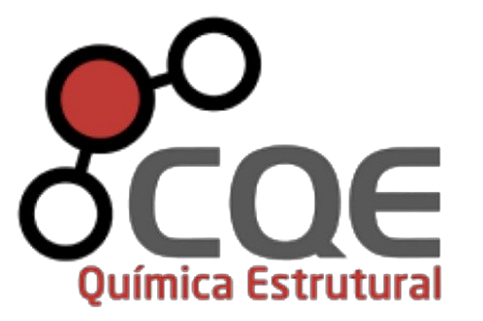New Title
1.5.1. Green Ammonia Production from Intermittent Sources of Hydrogen is a sub-project that aims to develop a green NH₃ production process adapted to the intermittent production of hydrogen from renewable energy sources, through the study of its feasibility supported by dynamic models, its optimization and control.
Proposal
First a comparative sustainability and technological feasibility analysis of state-of-the-art (SOTA) alternatives for NH₃ synthesis including electrochemical, electrocatalytic, catalytic plasma, photocatalytic and electric HB pathways will be performed. The process selected as the most promising for continuous and/or cyclic fast-start/stop operation will be adapted/improved based on information provided by technology partners, and through its potential energy integration with existing power and chemical systems of the Sines cluster. Finally, validation of the concept for subsequent scale-up will be performed through tests in a similar small-scale unit that exists in a technological partner to collect primary data needed to develop a decision support and process control tool.
The project is organized in 4 tasks (Ts):
T1-Comparative analysis of SOTA technologies for NH₃ production from renewable energy sources or green H2;
T2-Process optimization (technological route identified in T1) to increase its flexibility;
T3-Validation of the Green NH₃ concept in a small-scale unit;
T4-Development of a 21 digital twin for real-time process optimization/control.
It is expected that this proposal will identify and validate a process that reduces CO₂-eq emissions per unit of NH₃ by more than 80%, relative to SOTA, and raise the current TRL of 2-3 of green NH₃ production to TRL 5-6 by the end of the project. This sub-project aims to achieve a reduction of more than 80% of CO2-eq emissions per unit of NH₃; to increase the TRL from 1-3 of green NH₃ production to TRL 5-6; to achieve 100% incorporation of renewable energy in NH3 production.
This sub-project aims to achieve a reduction of more than 80% of CO₂-eq emissions per unit of NH₃; to increase the TRL from 1-3 of green NH₃ production to TRL 5-6; to achieve 100% incorporation of renewable energy in NH₃ production.
Contacts
 |  | Address:Instituto Superior TécnicoAv. Rovisco Pais, nr 11049-001, Lisboa, PortugalContactContact person: Prof. Henrique Matos, Prof.ª Filipa RibeiroEmail: m2n@deq.tecnico.ulisboa.pt | |
 |  | ||
 |  | ||
 |  |